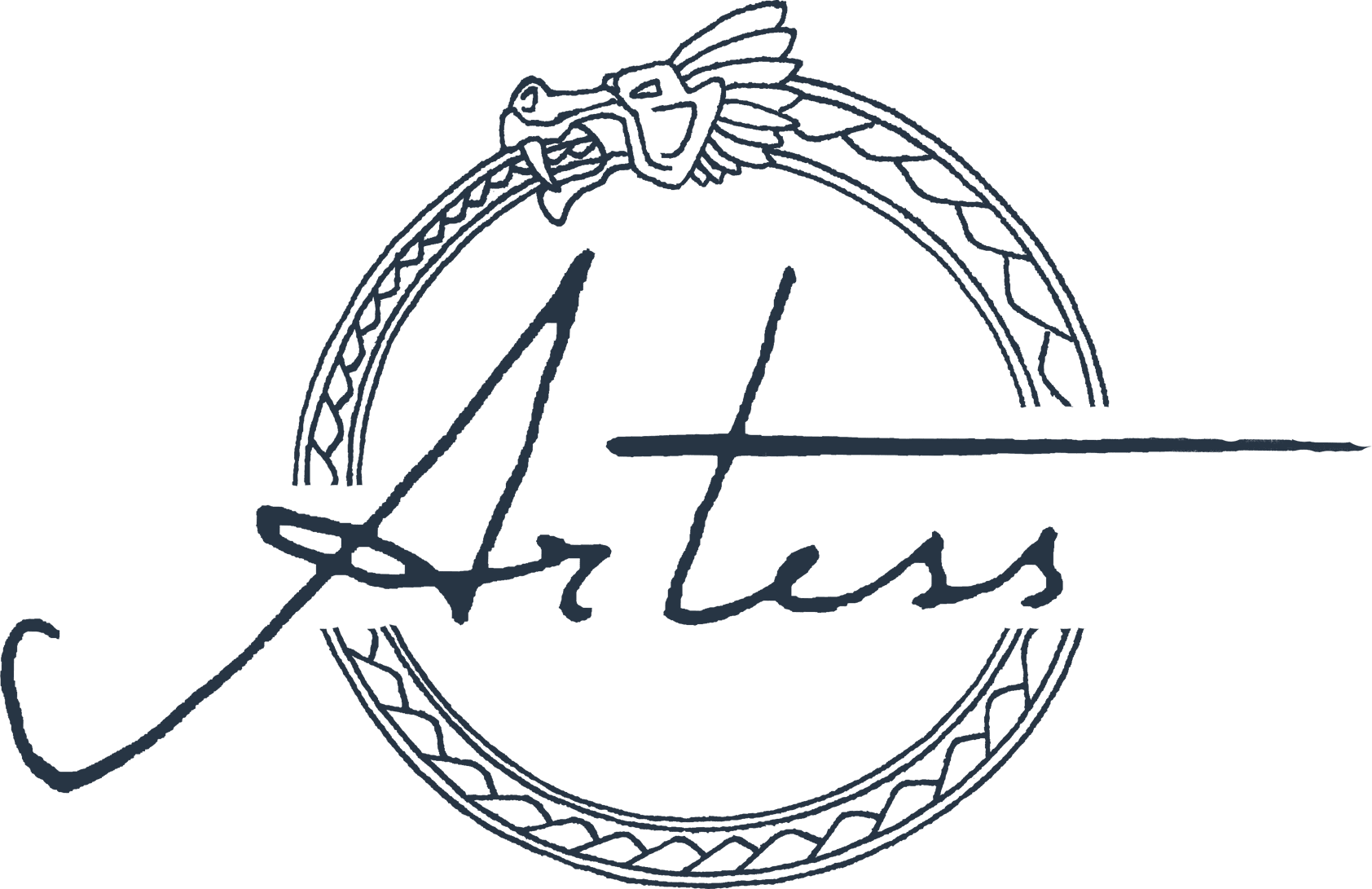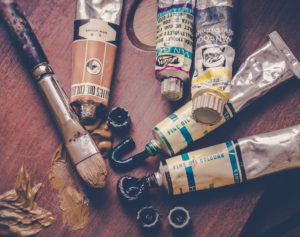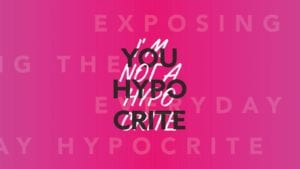Have you been a victim of digital theft, or are you afraid that someone is going to steal your digital works? You have every reason to get frayed nerves, since theft of content online has evolved into a million-dollar industry.
Aaron Carter is an American rapper and singer who was previously sued for stealing artwork to promote his own clothing line. A celebrity with a lot of money and power can demotivate most people to stand their ground. Well-known firms like Disney, Zara, Ford, Khol, Forever 21, yes, even Twitter-bots steal art online. It certainly makes me rethink a Disney plus subscription...
But now you'll get some tips and advice to find out how to both protect yourself and handle the theft of your digital works – in a smart way.
Six good rules
- Take pictures when you're working. You want to be able to prove that you own the work, and it is good to be able to document the process.
- Add a watermark, but avoid the mistake of covering your entire work!
See guidance here on how to add smart watermarks. - Limit the resolution. The most popular formats for digital theft are in a 16:9 aspect ratio, or full HD (1920 x 1080 px). If you can limit those, it is the safest way to avoid most digital thefts, as the images are not suitable for printing and other reproduction.
Read more about resolutions here. - If you have a website you should install plugins that prevents right-clicking, drag-and-drop and the possibility of taking screenshots. There are also mobile viewing apps. Note: it is not a waterproof solution, but it filters out some attempted thefts.
You'll find a good plugin for WordPress pages on this site: WP Content Copy Protection & No Right Click - You can add a transparent filter above the images in the same format before uploading them online. The thieves can't therefore right-click or use drag-and-drop to save it.
Note: this solution does not prevent the ability to take screenshots, and the thieves can still find the original image via browsers. - Add copyright information on all channels and pages you use. Make it clear that visitors cannot use the images without your permission.
Check for plagiarism
One of my readers (thank you very much, Elisa Ferreira!) tipped off about Website Planet who have created a comprehensive article about which tools you can use to easily check if your content is plagiarized.
You can find that here --> 5 free online Plagiarism Checkers
Illegal copying can do great damage to your reputation as an artist, and you risk missing out on valuable sales and useful exposure. But you have to be willing to familiarize yourself with how to protect yourself. If not, the thieves are always two steps ahead of you.
reverse image search
If you're unsure if your photo has been stolen, you can use something called Reverse Image Search.
You can get the following information:
- Find the source of an image.
- Find versions with higher resolutions.
- Discover websites where the image has been posted.
- Find the content creator.
- Get more information about an image.
Use TinEye to search for your image.
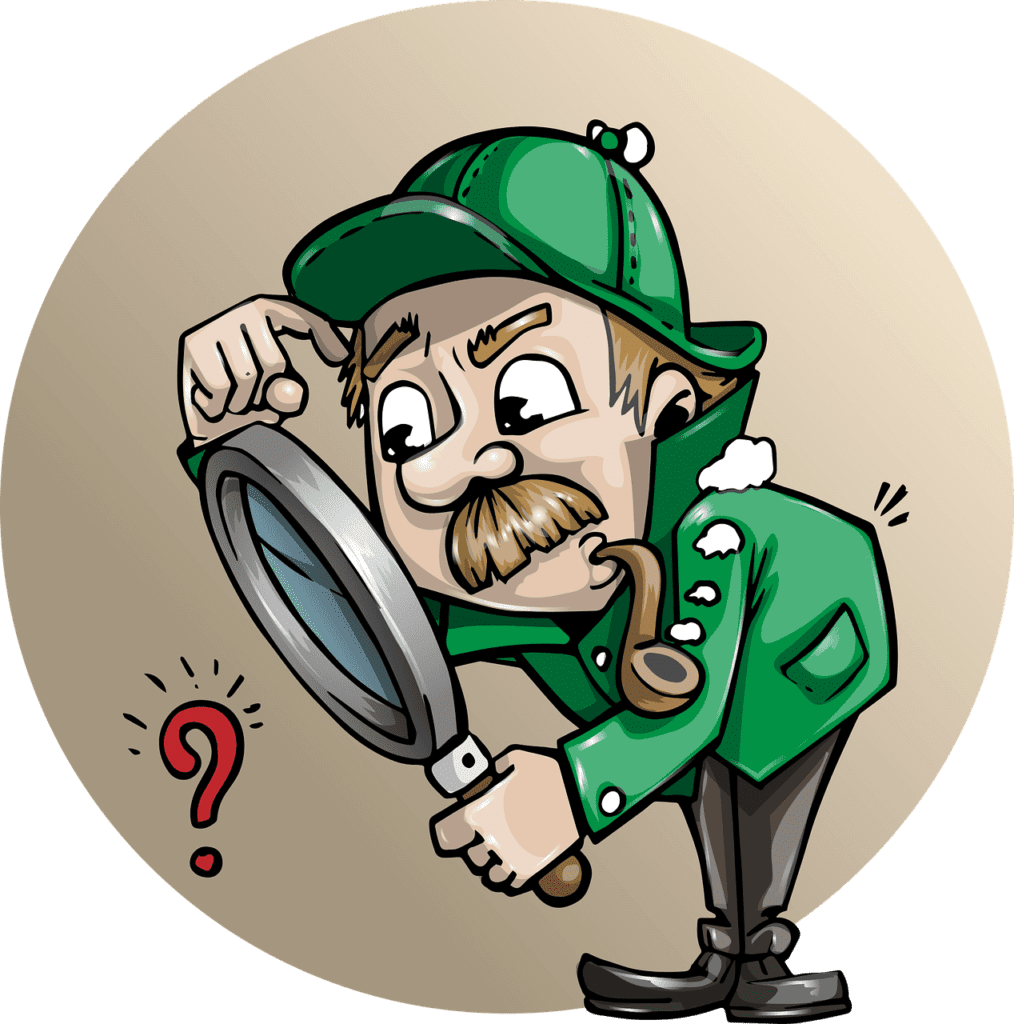
Once the theft has occured
- Save a copy of the stolen work! Thieves are quick to delete images if they feel threatened, allowing them to continue hiding via other channels. Creative Commons Licenses allow images to be shared further if the owner is credited, and the Fair Use Doctrine is allowed to be used for satire and educational purposes, among other things. First, check if the copy violates this.
- Find the contact information (save it) and get in touch with the person who stole the image. Please note that you own the rights and that they must remove the image immediately, credit you, or compensate you for lost sales.
- Report the account to the channels it is on (e.g. Facebook, Instagram, DeviantArt etc).
- Report the member to the admins if it's on a Facebook group. If the person is particularly rude, it is important to make others aware of this. Let more people know and report the theft. The person may experience being banned from channels and being blacklisted.
- Press charges. Do consider heavy action if you have lost significant value in the theft. Feel free to talk to a lawyer before you press charges so that you get professional help.
Some have taken smarter action, especially against automated bots that illegally download content. Read more about the wonderfully fun way they stop thieves – > Revenge on bots
If you know that the person or company that stole your works makes good money from it and can't be stopped, you can create a free digital version. People don't want to pay for something they can get for free elsewhere. If possible, create a digital theft campaign offering your customers the same work for free or at a reduced price. It's a little drastic, but it will be a positive marketing trick. Customers and other artists will support you, and in many cases you end up selling MORE afterwards.
Everything isn't waterproof
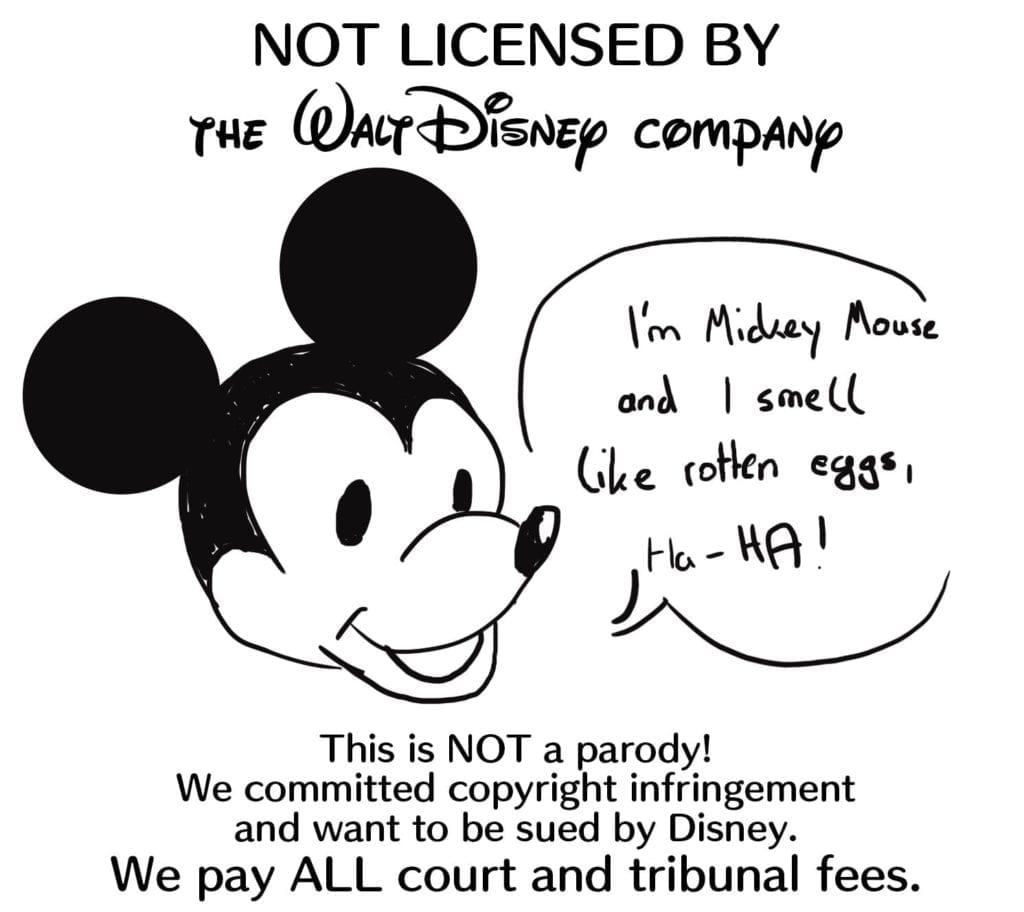
Don't back down!
